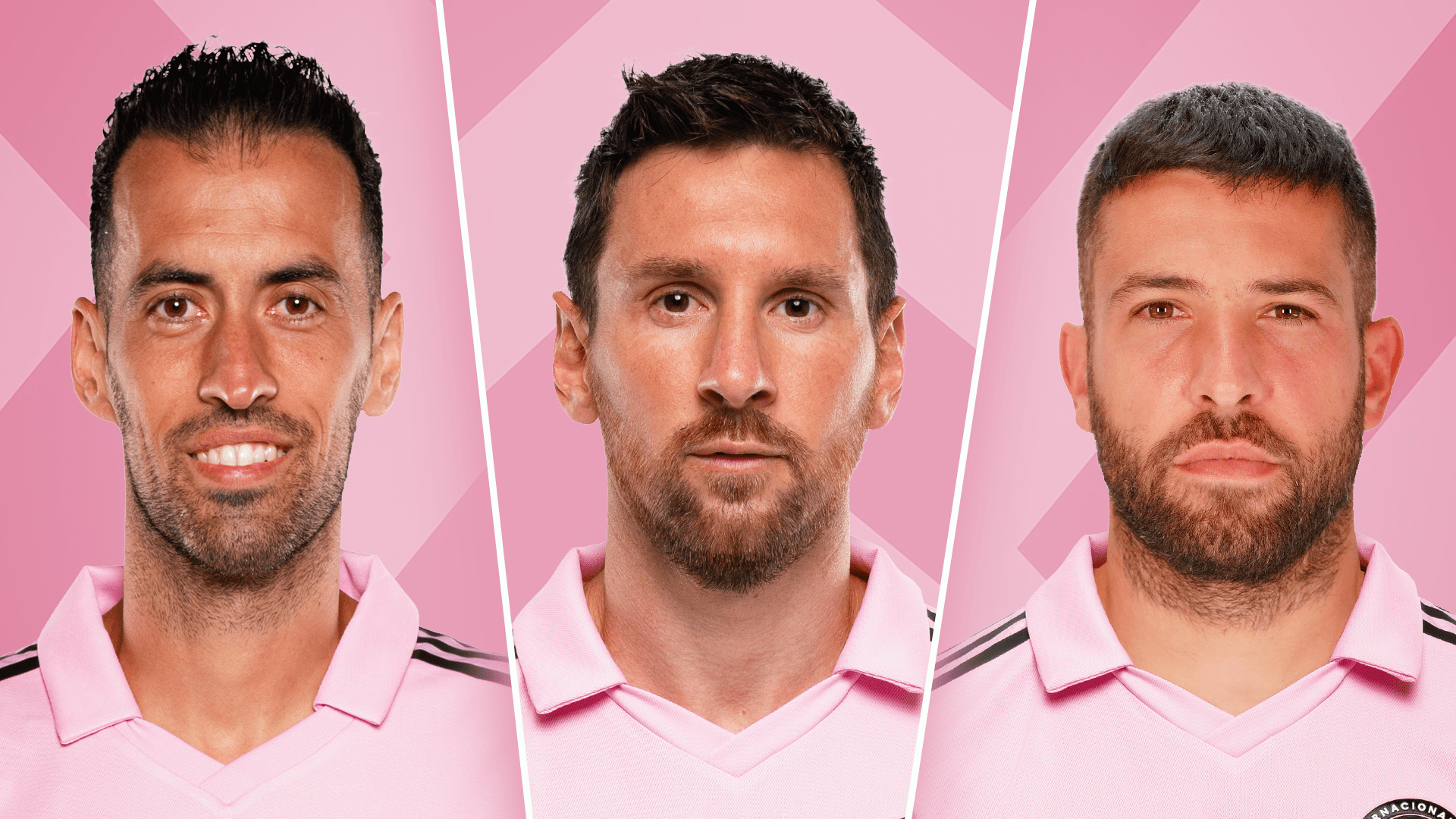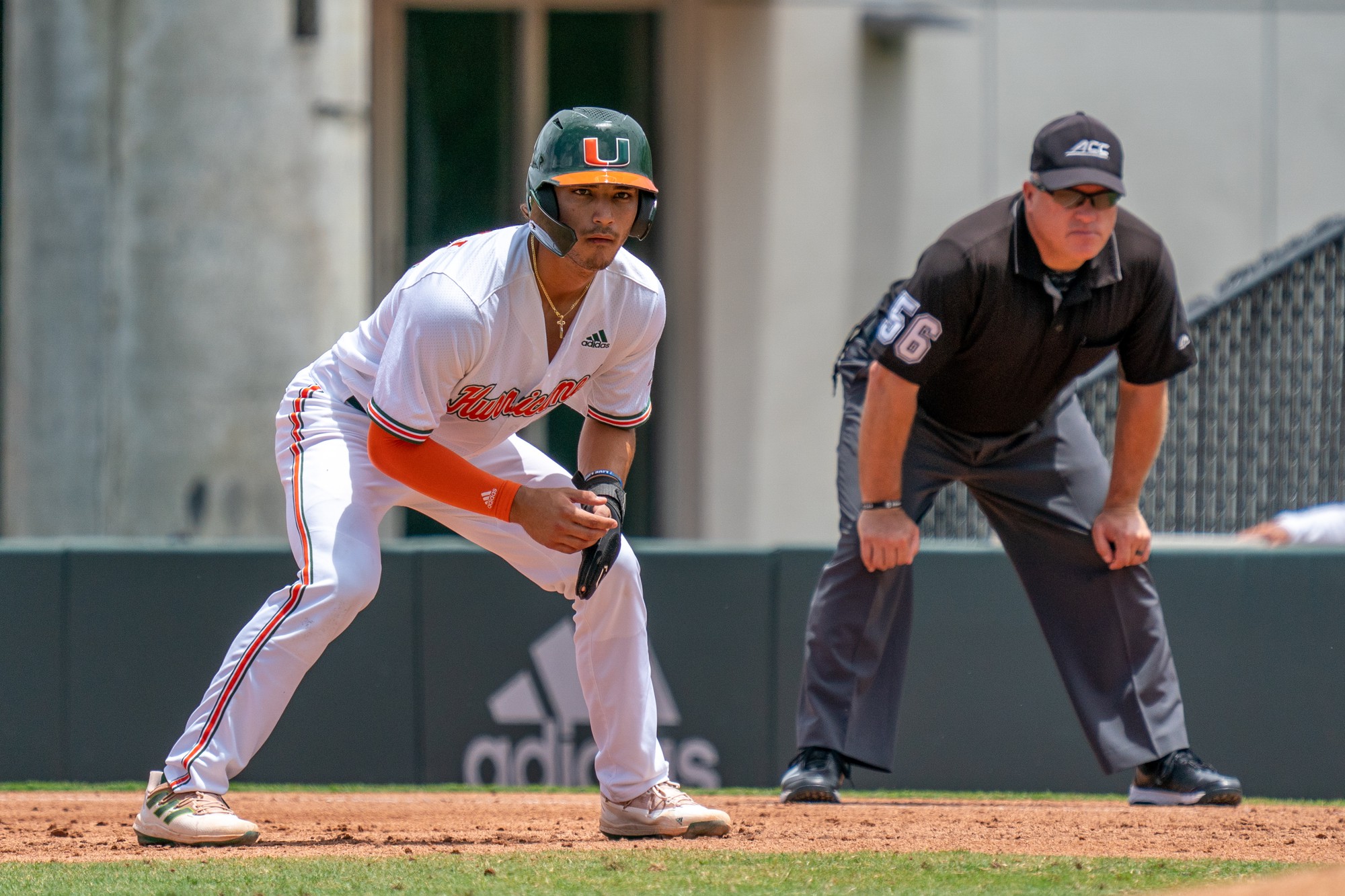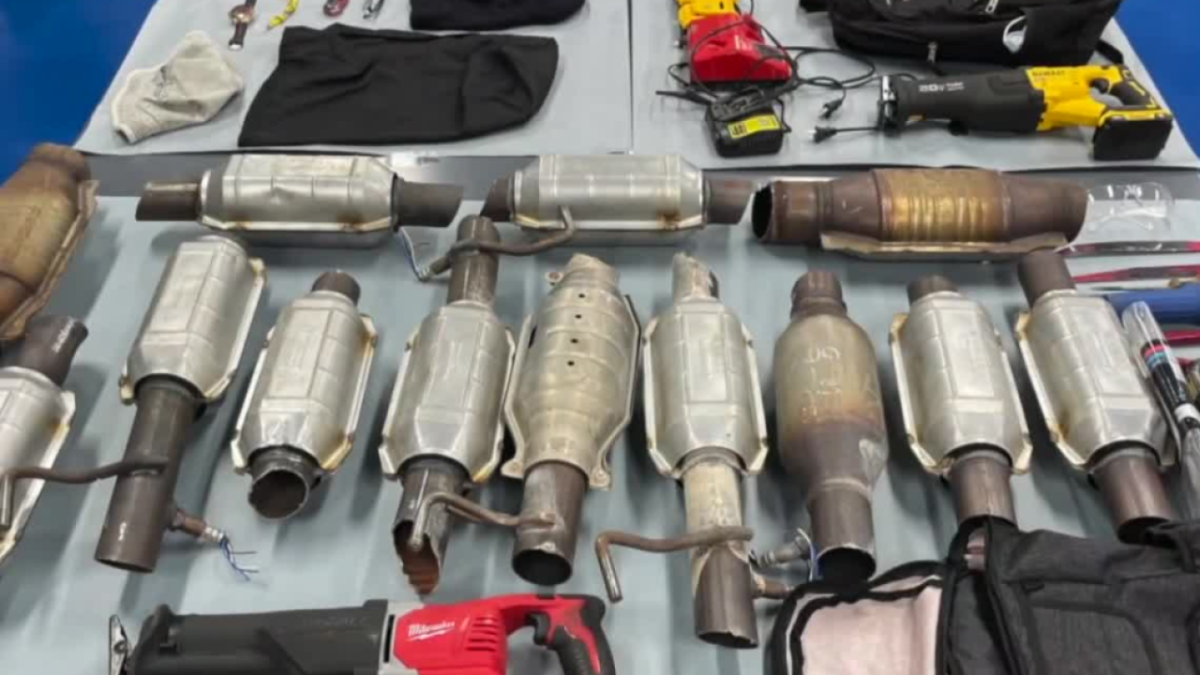Messi, Busquets, Alba: How Miami accomplished a historic MLS transfer window

Before anything, let’s understand some key MLS roster rules and how they function. Things can get complicated, so we’ll try and simplify it.
MLS clubs operate within a salary cap, creating balance and parity throughout the league. It’s the same figure ($5,210,000) for each team and players fall into different categories based on a variety of factors. An MLS club’s active roster is comprised of up to 30 players.
Teams can sign up to three of these players, whose total cost (compensation and acquisition) exceeds the Maximum Salary Budget Charge ($651,250). Financially, anything above that figure is paid by the club’s ownership group. It means a DP can be paid a seven-figure or eight-figure salary, but only a (often comparatively small) percentage of that counts against the salary cap.
Each MLS team can roster up to three of these players, and the number of slots available is based on the club’s use of its third DP slot. These players bring 1) a smaller Salary Budget Charge and 2) can’t have a salary that exceeds the Maximum Salary Budget Charge ($651,250). However, clubs aren’t restricted in how much they pay for a transfer or loan fee, allowing ownership groups to spend as they desire. Signings are eligible for this status at age 22 or younger and often come from abroad (though it also rewards high-performing domestic talent).

